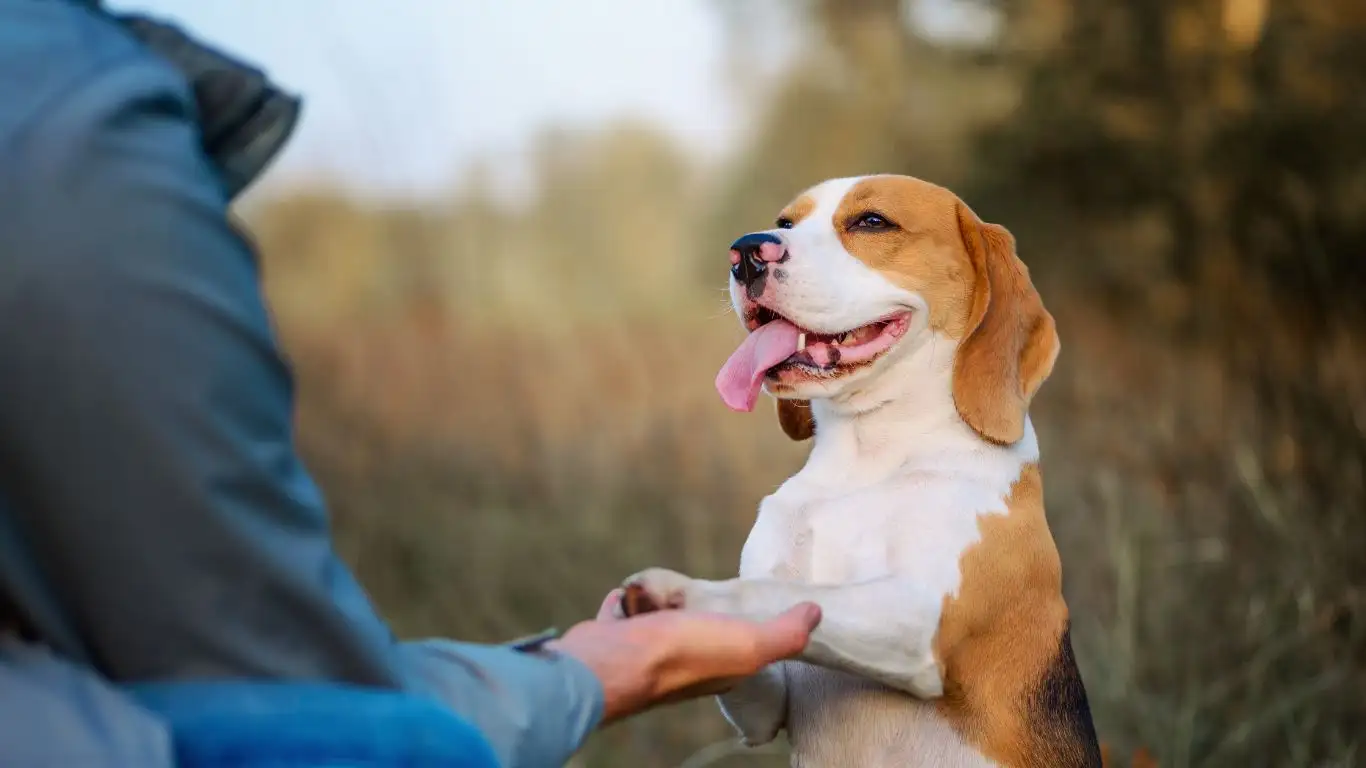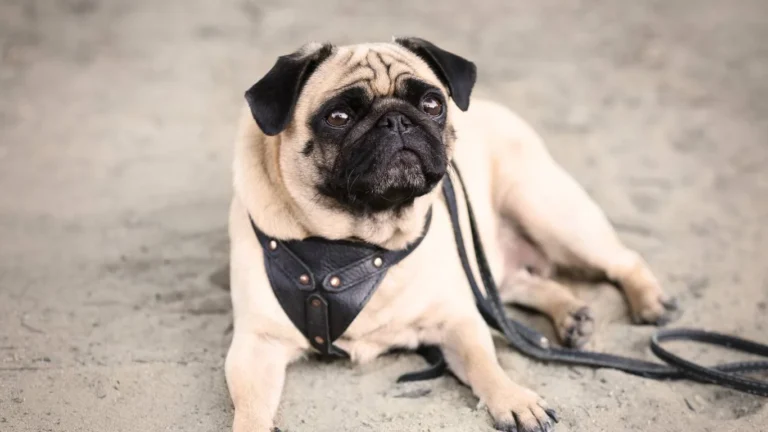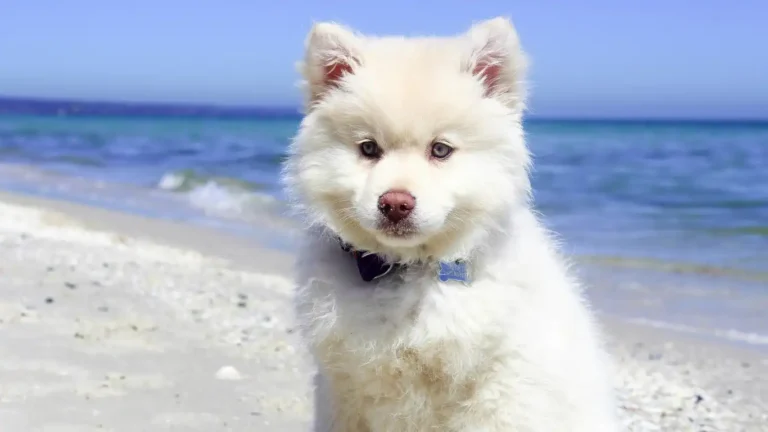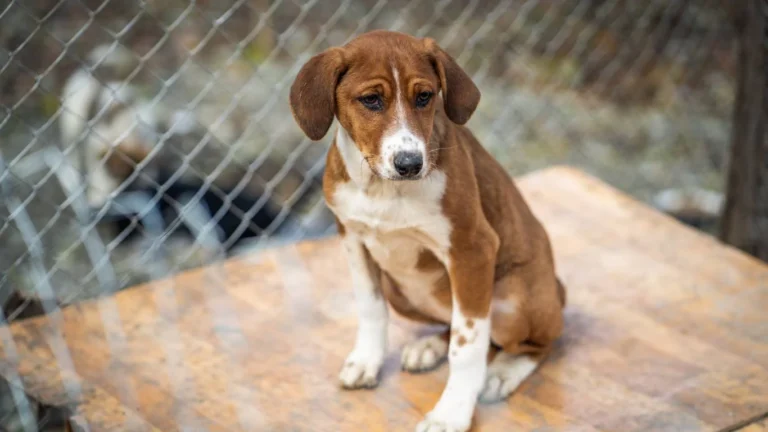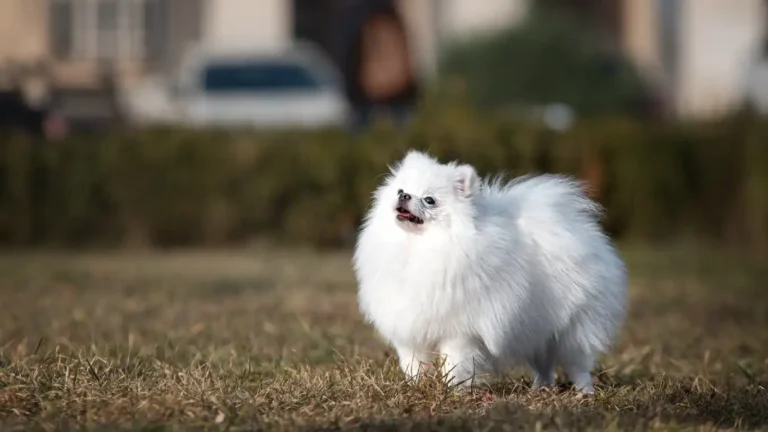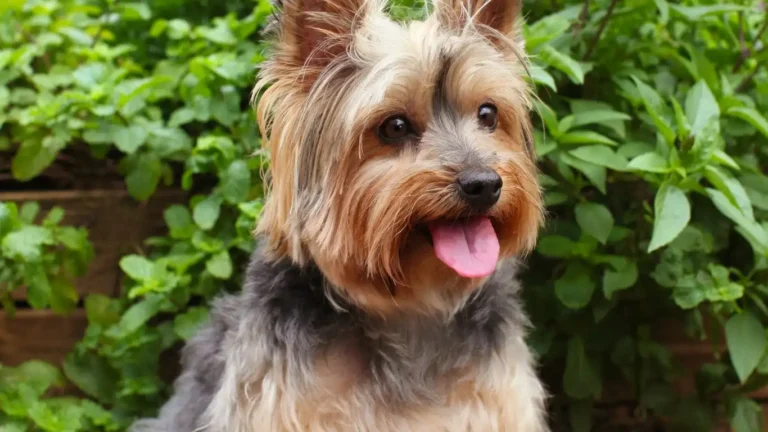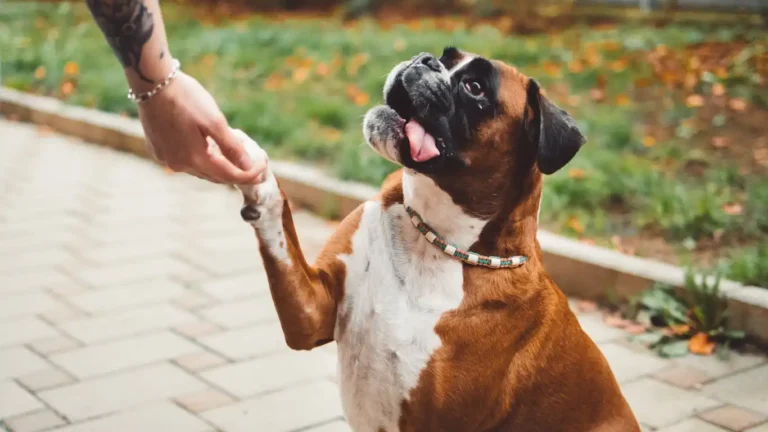Train Your Dog to Love the Groomer: Stress-Free Grooming Tips
If you’ve ever wondered how to train a dog to tolerate going to the groomer, trust me—you’re not alone. As someone who’s spent years in the canine-assisted therapy world, I’ve worked with dogs who wouldn’t flinch at sirens or strangers but would absolutely panic at the sight of a grooming table. It’s wild how something as routine as grooming can be such a stress trigger for some dogs. But don’t worry—it’s totally manageable with the right game plan and a good dose of patience. I’m going to walk you through what’s worked for me and the dogs I’ve trained over the years. It’s all about building trust, using positive association, and starting slow. Let’s dive in.
Why Some Dogs Freak Out at the Groomer
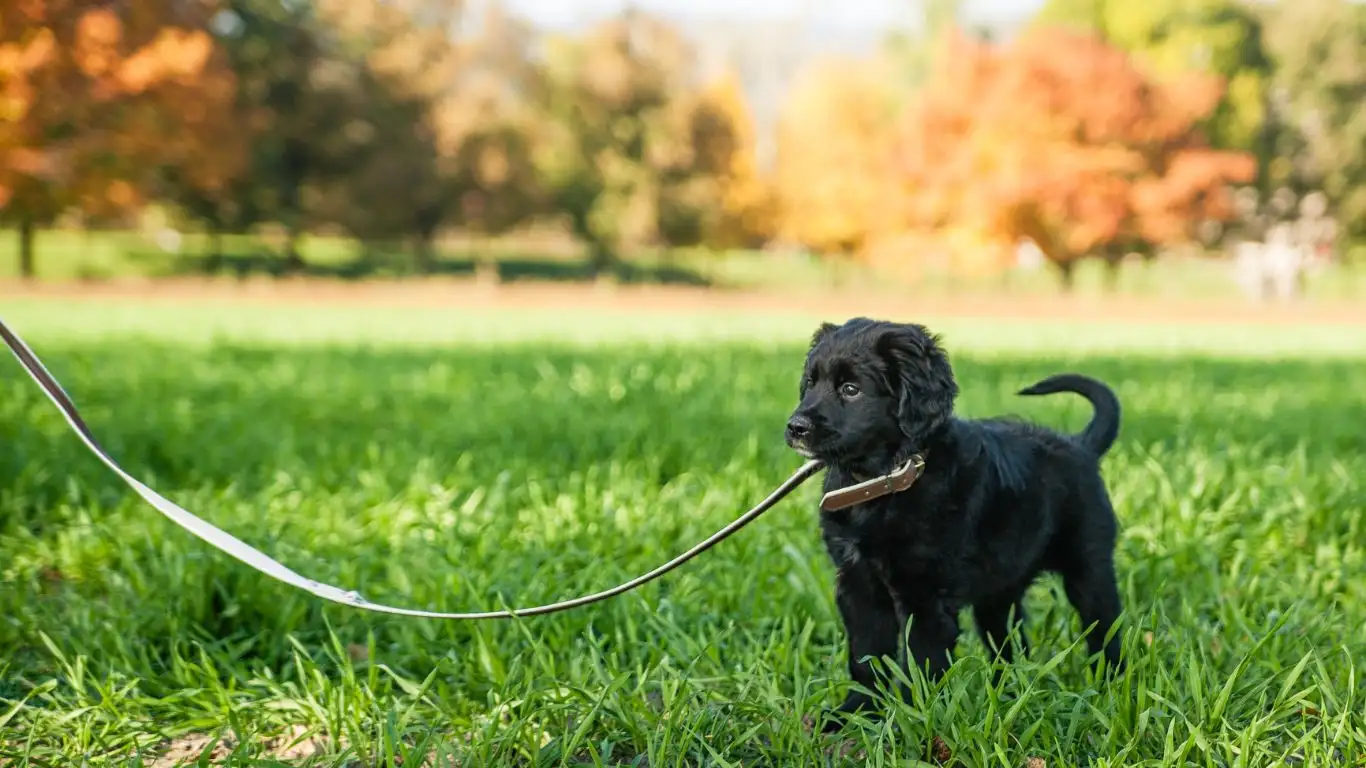
Before we even talk about training, it helps to understand why some dogs react the way they do. Grooming can feel like a total invasion of personal space. Imagine being held in place, poked, sprayed with water, buzzed with clippers, and touched all over by someone you’re not 100% sure about. Yeah… not exactly a spa day from a dog’s perspective.
Here are a few common reasons dogs may resist going to the groomer:
- Past trauma or bad experiences (maybe a painful brush-out or being restrained too tightly)
- Lack of early desensitization to handling, tools, and noises
- Separation anxiety from their person during the appointment
- Sensitivity to touch, especially around paws, ears, or tail
When I worked with therapy dogs, we always prepped them for grooming appointments early in their training. Some of these pups would be going into hospitals and schools—so being well-groomed wasn’t just cosmetic, it was essential. And that meant grooming couldn’t be a traumatic ordeal. It had to be part of their normal, chill routine.
Start Slow and Keep it Chill
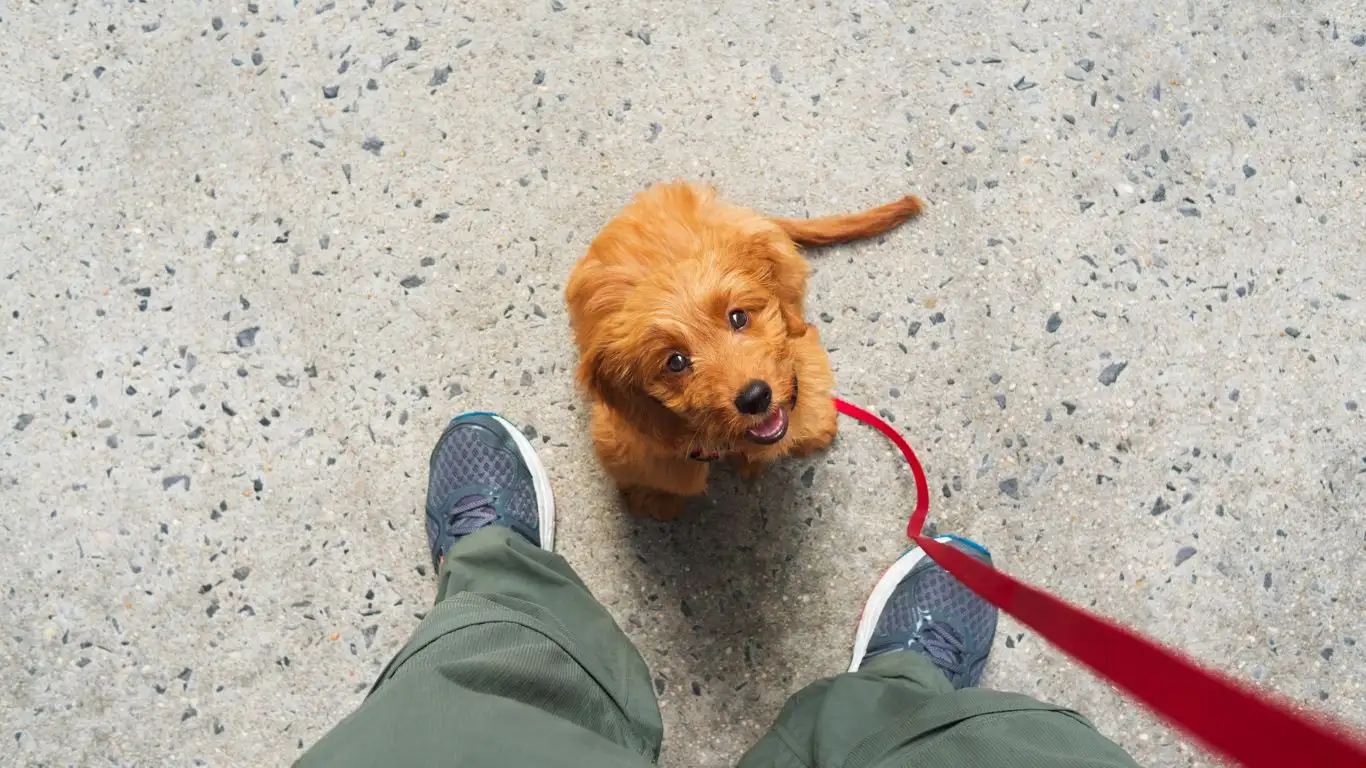
If I could give just one piece of advice on how to train a dog to tolerate going to the groomer, it’s this: go slow. You can’t rush this process, especially with dogs who are extra sensitive. Start by introducing grooming tools and experiences in small, positive steps. This is all about creating good associations.
Step 1: Get Them Used to the Gear
Before a single paw touches a grooming table, let your dog sniff the brush, comb, clippers, and even the blow dryer (turned off at first). Set them down near your dog’s bed or feeding area so they become normal household items. You’re aiming for: “Oh hey, that’s just that thing mom leaves by the couch sometimes.”
Step 2: Touch Desensitization
Lots of dogs hate being touched in certain areas because they’ve never had to tolerate it. So we start there. A few minutes a day, gently handle your dog’s paws, ears, tail, belly, and even between the toes. Always keep your energy calm and rewarding.
- Start with short sessions—just 30 seconds to a minute
- Use high-value treats like peanut butter or bits of cooked chicken
- Pair each touch with a reward and praise like “Yes! Good paws!”
Step 3: Simulate the Grooming Environment
One thing that’s helped my clients (and my own dogs!) is practicing mock grooming sessions at home. Here’s how:
- Set up a table or elevated surface with a non-slip mat
- Have your tools nearby but don’t use them yet
- Just have your dog hop up, stand still for a few seconds, then reward and let them down
- Gradually increase the time and introduce brushing, lifting paws, etc.
This teaches them that standing on a grooming surface doesn’t have to mean stress. Bonus: this will also help your groomer immensely if your dog can calmly stand still when needed.
Use the Power of Positive Associations
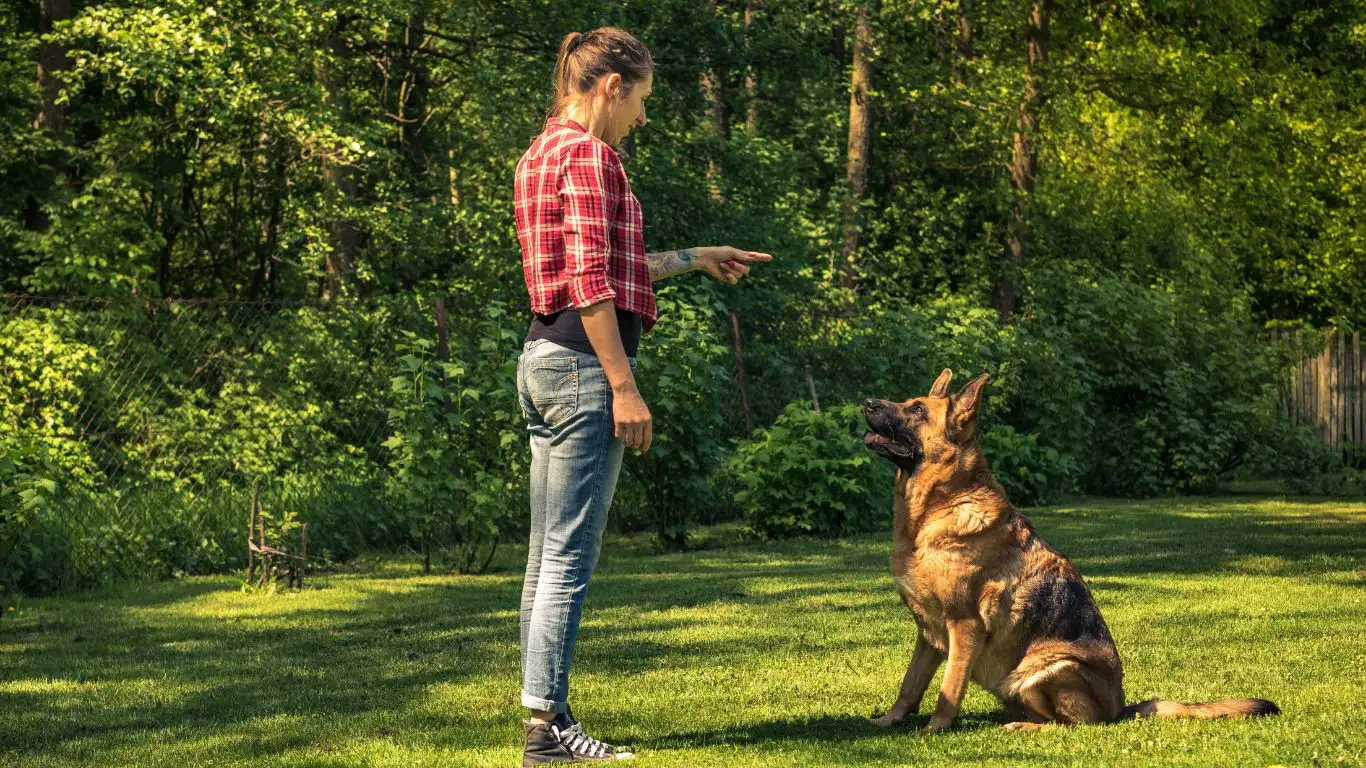
Positive reinforcement is everything when it comes to training. Every time your dog interacts with grooming in a way you like, reward them. And I mean seriously reward them—think extra tasty treats, toys, or belly rubs, depending on what your dog loves most.
Here’s a tip from my therapy training sessions: make grooming practice sessions something your dog looks forward to. Play their favorite game afterward. Use a lick mat with frozen peanut butter during brushing. Set the vibe with calm music. This builds emotional safety and trust.
What NOT to Do
Even though you might be tempted, avoid these mistakes—they can undo your progress fast:
- Don’t force your dog to stay on the table if they’re terrified. Backtrack and build more comfort first.
- Don’t punish fear—growling or squirming is your dog communicating discomfort, not being “bad.”
- Don’t rush the process. Some dogs need weeks or even months of prep work. That’s totally okay.
One of the Golden Retrievers I worked with—sweet old girl named Molly—used to shake like a leaf the moment she saw nail clippers. It took about six weeks of gentle exposure, tons of liver treats, and her favorite squeaky donut toy to get her to the point where she didn’t bat an eye. Now? Grooming day is treat day, and she struts out of the salon like she owns the place.
Building Confidence with Short, Positive Grooming Visits
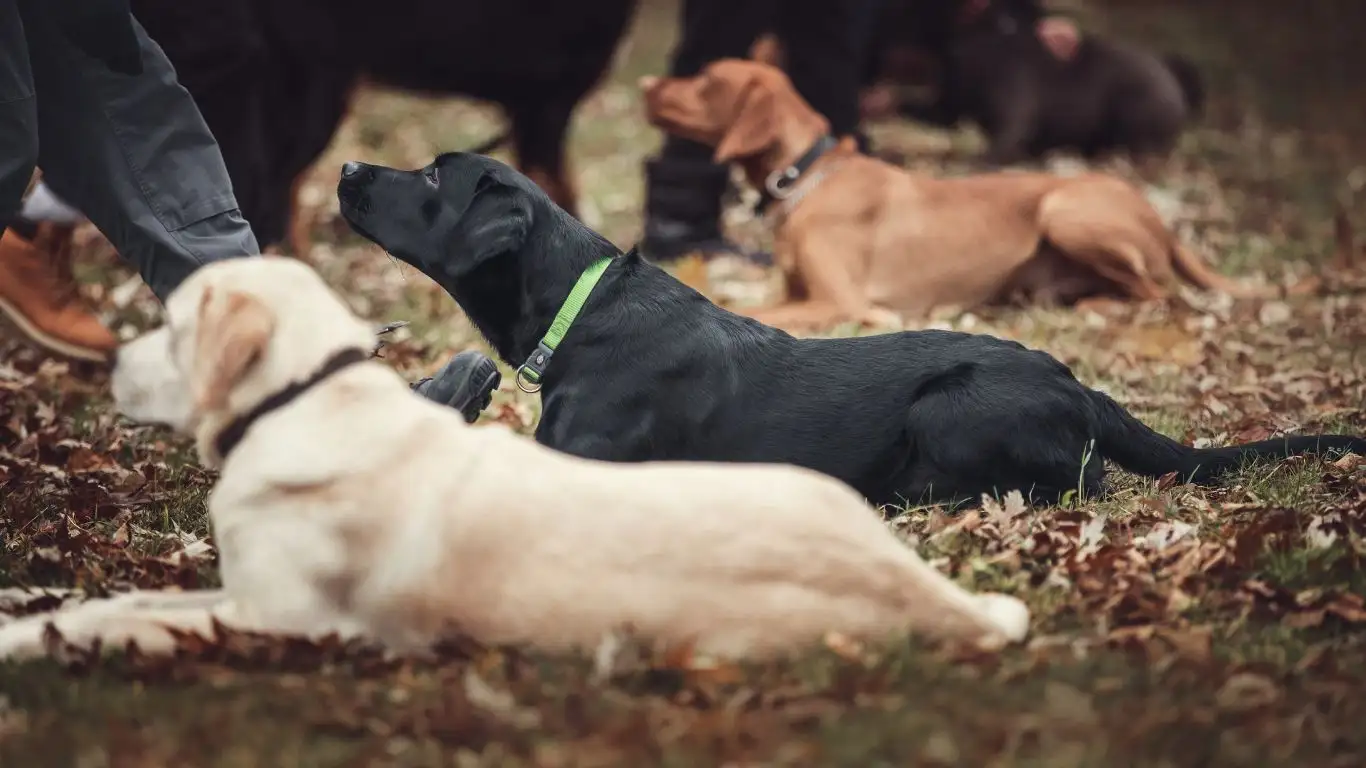
Once your dog starts showing signs of comfort during at-home grooming practice, it’s time to level up—but just a little. One method I’ve used often when training therapy dogs is to take them on what I call “happy visits” to the groomer. The goal? No actual grooming—just short, positive exposure. Let your dog walk into the grooming salon, get lots of love and some treats from the staff, sniff around, and then leave. That’s it.
You’d be amazed at how effective this simple exercise is. Dogs begin to realize the groomer isn’t this terrifying place where scary things always happen. Instead, it becomes a neutral or even positive space. That familiarity makes all the difference when it’s finally time for the real appointment.
Tips for Making Happy Visits Count
- Call ahead so the groomer knows you’re just stopping by
- Keep visits short—5 to 10 minutes max
- Bring your dog’s favorite treat or toy for positive association
- Let them explore at their own pace, without pressure
One of my favorite success stories? A sweet border collie named Juno. She wouldn’t even go through the front door of the grooming salon without trying to back out of her collar. So, we did two weeks of happy visits—just in and out, lots of peanut butter and praise—and by the third week, she walked in with her tail up. Her groomer texted me the next day saying, “Whatever you’re doing—it’s working.” That never gets old.
Choose the Right Groomer for Your Dog’s Needs
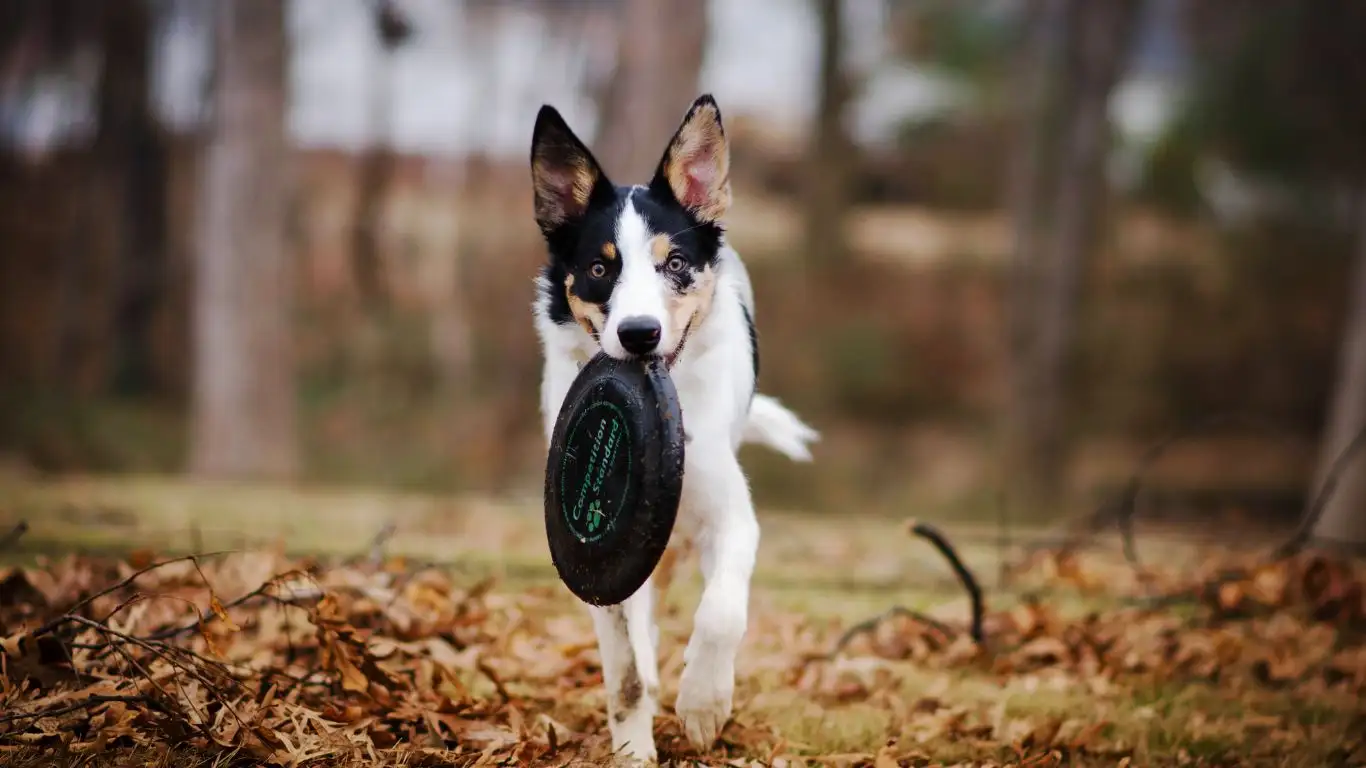
Let’s be real—how to train a dog to tolerate going to the groomer is only half the equation. The other half is finding a groomer who knows how to work with anxious or inexperienced dogs. You want someone who doesn’t just rush through the appointment but takes the time to make it a good experience. Your dog can sense that energy.
Here are a few things I look for when recommending groomers to my clients:
- Patience and kindness—someone who’ll stop if a dog is getting overwhelmed
- Experience with fearful or reactive dogs—especially important for first-timers
- Clean, calm environment—too much noise or chaos can amp up stress fast
- Open communication—you want someone who will tell you how your dog did and give suggestions
I remember referring one of my training clients, a feisty little dachshund named Rocket, to a groomer who specialized in nervous dogs. The groomer actually sat on the floor with Rocket during his first appointment instead of putting him up on the table. That single gesture made all the difference. He trusted her immediately, and by the second visit, he was wagging his tail when we pulled into the parking lot.
Training for Specific Grooming Tasks
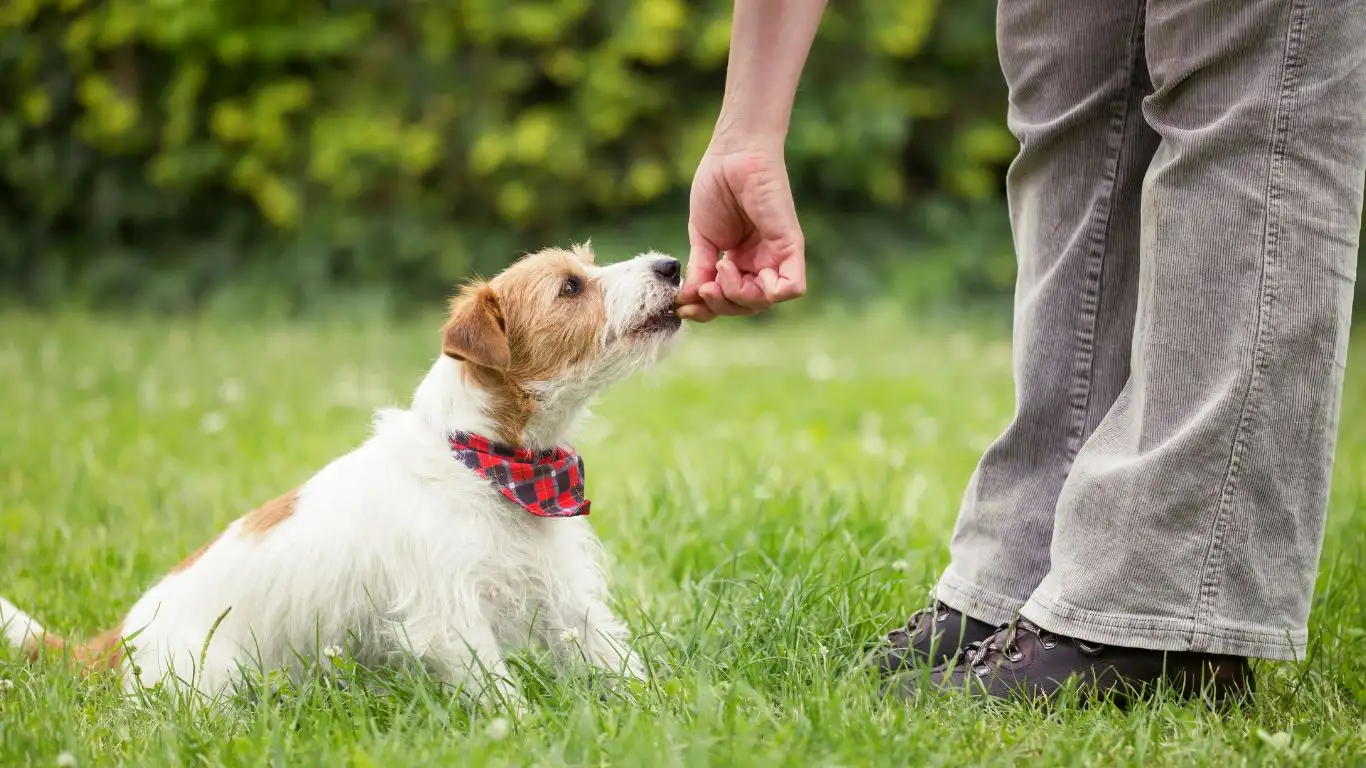
Okay, so your dog’s okay going to the groomer now. That’s huge! But what about specific tasks like nail trims, ear cleaning, or that dreaded blow dryer? These can be individual stress points, and they’re worth practicing separately.
Nail Trims
This is the big one. Even confident dogs can get twitchy about nail trims. I always recommend getting your dog used to just having their feet handled first. Then, introduce the clippers or grinder, one step at a time:
- Let them sniff the clippers or grinder (reward!)
- Touch the clippers to a paw without trimming (reward again)
- Trim just the tip of one nail—then call it a day
Pro tip: use a nail file or grinder to smooth the edges afterward if your dog hates the “clip” sound. I’ve had dogs who didn’t flinch at a grinder but bolted at the sound of nail clippers—it’s all about finding what works for them.
Ear Cleaning
Ears are sensitive territory. Use a soft cotton pad and a dog-safe ear cleaner. Start by just rubbing around the outside of the ear with your fingers. Then, move to gentle wiping. Always follow up with a treat and praise. Never force it—go slow and build comfort.
Blow Dryer Desensitization
The noise and air from dryers can totally freak some dogs out. One thing I’ve done is use a regular hair dryer on the lowest, coolest setting—across the room. Let your dog hear it, see it, and eventually get used to the feel. Pair it with treats, play, or even a little peanut butter on a lick mat. Over time, increase how close you get.
One golden retriever I worked with (Leo—such a sweetheart) used to hide under the couch at the sound of a dryer. We turned it into a game with tug toys and freeze-dried liver treats. Now? He practically leans into the dryer like it’s a massage.
Be Your Dog’s Advocate
At the end of the day, nobody knows your dog like you do. If something feels off, say something. If you know your dog gets overwhelmed after 30 minutes, let the groomer know ahead of time. If your dog had a tough session last time, ask for a slower pace this time around. Communication is key. When dogs feel supported by their humans, their confidence goes way up.
Trust me, I’ve seen dogs go from trembling at the salon door to prancing in with wagging tails—all because their humans took the time to understand, train, and advocate for them. It’s a process, but it’s so worth it.
Reinforcing Tolerance After Each Grooming Appointment
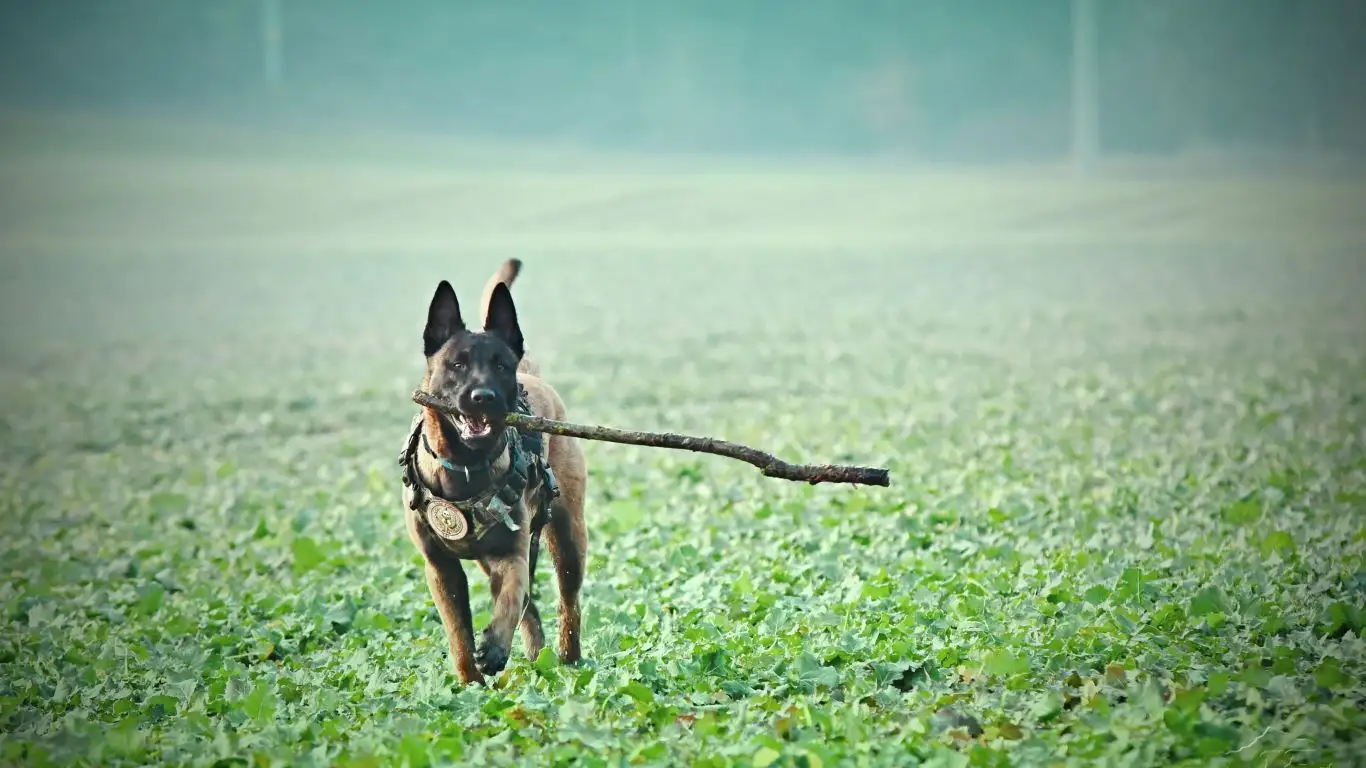
So you’ve finally gotten your dog through a successful grooming session—huge win! But let’s not stop there. How to train a dog to tolerate going to the groomer isn’t just a one-and-done deal. To really lock in that calm behavior, it’s all about what you do after each appointment.
Post-grooming reinforcement is a trick I’ve used for years in canine-assisted therapy training. After every “work” day or grooming session, my dogs knew they were in for something great—whether it was a fun walk, a snuffle mat, or just curling up on the couch with me. That creates a loop of positive expectation. Basically: “Grooming = good stuff happens afterward.”
Try These Simple Post-Grooming Routines
- Take your dog to their favorite park or trail after the appointment
- Offer a long-lasting chew, frozen Kong, or puzzle toy
- Give them some quiet downtime if they seem overstimulated
- Always praise them enthusiastically—even if the session didn’t go perfectly
The key here is consistency. If your dog always has a pleasant experience post-groomer, they’ll start building a stronger, more confident outlook on the whole process. I had one Labradoodle client who got a puppuccino after every appointment—he practically dragged his owner into the car when he saw the groomer’s bag packed.
Troubleshooting Setbacks & Common Challenges
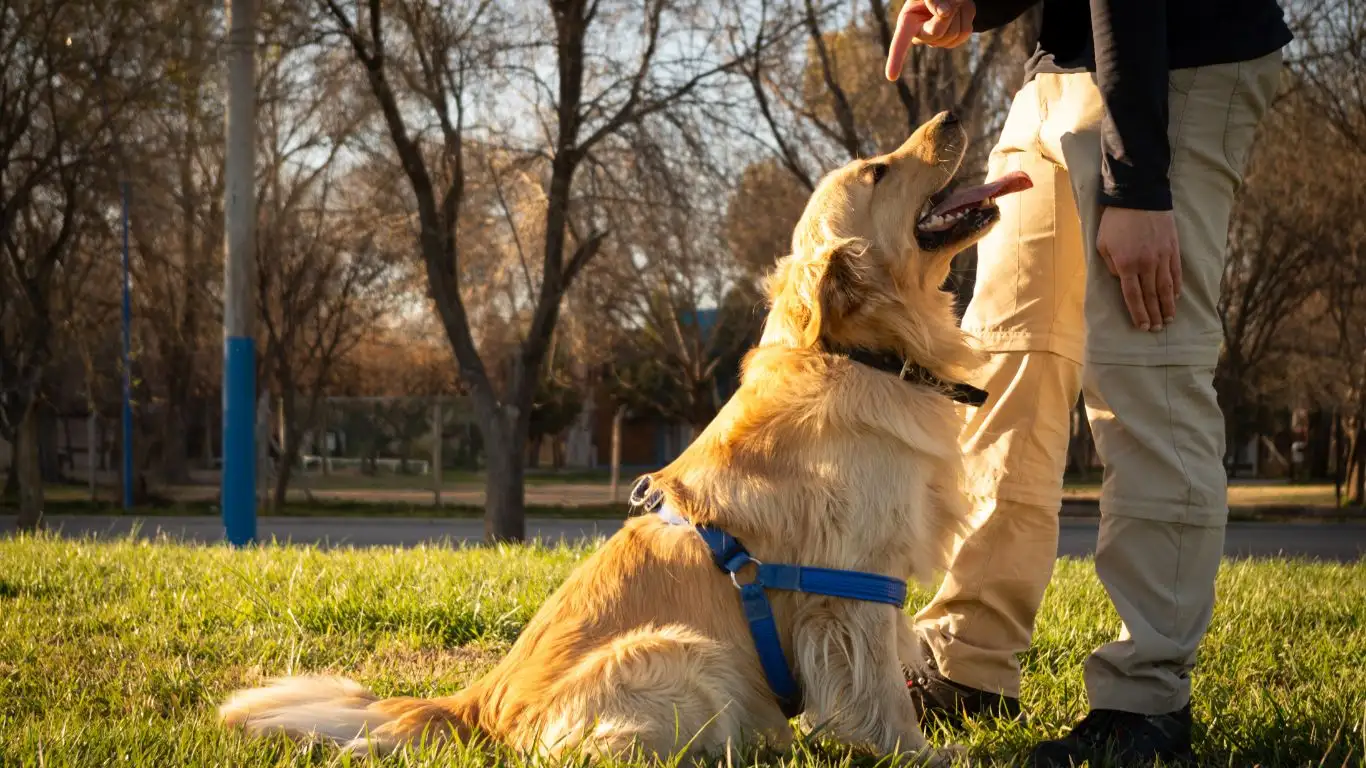
Let’s be honest—progress with this kind of training isn’t always linear. Dogs are emotional creatures. Even after months of prep, they might have an off day. And that’s okay. What matters is how you respond and adjust.
Signs Your Dog Is Getting Overwhelmed
- Excessive panting or yawning (especially in a cool room)
- Sudden avoidance behavior—turning away, hiding, or backing up
- Growling, snapping, or whining
- Excessive drooling, trembling, or pacing
If you see any of those during a session, don’t push through. I always tell my clients—and remind myself too—it’s better to cut a session short and protect the trust than to “get it done” and risk trauma. I’ve had to call it quits mid-groom with my own dog, Koda, when I could tell he just wasn’t feeling it. We rescheduled, gave him a break, and tried again the next week. That trust never broke because I listened to his signals.
What to Do If Your Dog Regresses
Regression doesn’t mean failure. It just means your dog is communicating something new, or that the situation has changed (maybe a new groomer, new environment, or health issue). Here’s how to handle it:
- Back up a step in training—revisit earlier desensitization techniques
- Consider a vet check if your dog shows new sensitivities or pain responses
- Switch up groomers if you feel like the relationship isn’t the right fit
- Use calming aids like Adaptil spray, Thundershirts, or CBD (with vet approval)
Sometimes, bringing in a certified dog behaviorist or trainer can also help guide you through trickier cases. I’ve done many of these one-on-one sessions, and with the right plan in place, even the most anxious dogs can thrive with grooming again.
When to Start Grooming Training (Hint: It’s Sooner Than You Think)
One of the best pieces of advice I can give? Start early. Like, really early. If you have a puppy or young dog, begin exposing them to grooming tools and handling ASAP. I always encourage my puppy clients to make brushing, nail touches, and even ear checks part of their daily bonding time. Not only does it make grooming easier later—it also strengthens your relationship.
But don’t worry if you’ve got an older dog—training isn’t just for puppies. I’ve worked with senior rescues who had never seen a brush before and learned to tolerate (and even enjoy) full grooms with time and patience.
Puppy Grooming Training Tips
- Use short, playful grooming sessions—just a minute or two
- Pair every touch or tool with treats and a happy voice
- Expose them to different surfaces (tile, grooming table, towel-covered counters)
- Let them hear common grooming sounds while they play or eat
It’s really all about trust and association. Grooming becomes a “normal thing” instead of a scary event. Just like crate training or learning to walk on a leash—it’s a life skill, not a punishment.
Setting Your Dog Up for a Lifetime of Grooming Success
Whether your dog is a grooming newbie or has had a rough start, the good news is that it’s never too late to create a better experience for them. With consistency, empathy, and the right techniques, you can absolutely train your dog to not just tolerate—but maybe even enjoy—grooming days.
I’ve seen countless dogs transform from anxious messes into confident clients, all because their humans committed to training and understanding their needs. And hey, when your dog walks out of the salon looking fresh and feeling calm? That’s a huge win for both of you.
References
Disclaimer
This article is based on personal experience as a Canine-Assisted Therapy Trainer and is intended for educational and informational purposes only. It is not a substitute for professional veterinary advice, diagnosis, or treatment. Always consult with your veterinarian or a certified dog trainer for guidance tailored to your dog’s specific needs and health status.
